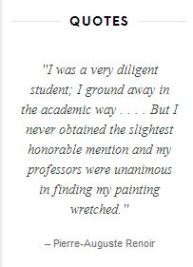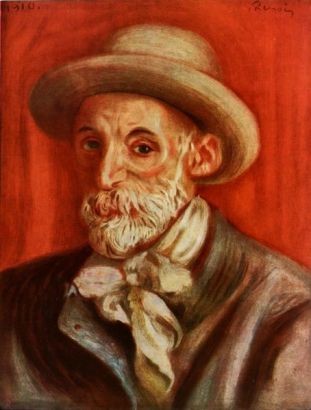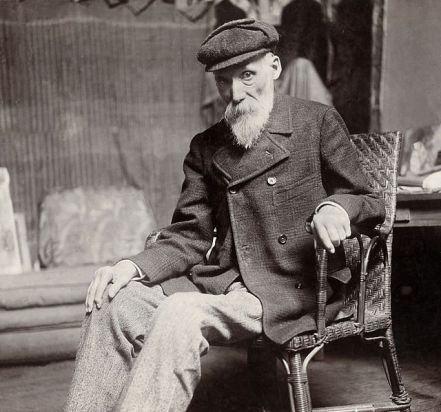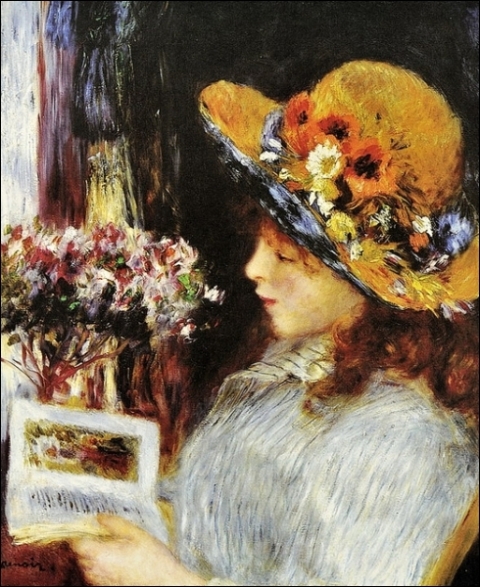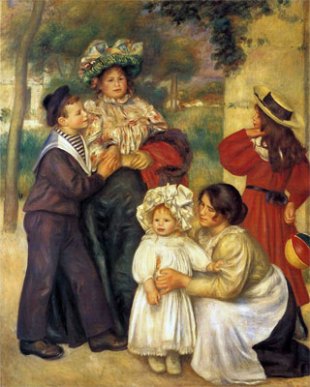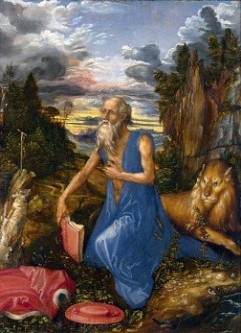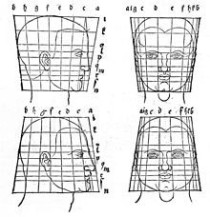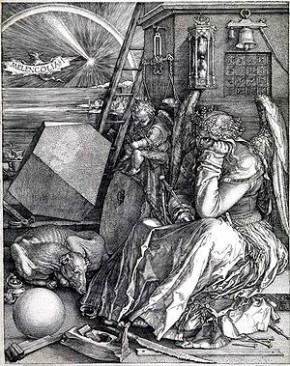See the Mobile Mobile in action: http://vimeo.com/8118831
Initial Reaction:
The first time I watched the video of The Mobile Mobile in action making music I was amazed. I thought it was really cool. I was curious and confused as to how it worked. I found the arrangement of the phones to be interesting but not particularly attractive or pretty. The piece also looked difficult to assemble. When I looked at the piece when it was not making music it just looked like a bunch of unappealing hanging phones that I did not particularly like. I also thought the use of phones and technology as an art material was a creative idea and meant to make people wonder about the meaning of the piece. Basically I thought the piece was cool when it was making music and not so cool when it wasn’t.
Analysis and Interpretation:
The interactive Mobile Mobile is made up of fifty mobile phones suspended by chords hanging from a solid circular shaped material which hangs from the ceiling. Each phone is connected to a computer and assigned a unique tone to make. The phones shine, flash and come alive as a result of people either sending the installation a tweet, visiting the website of the installation or visiting the installation in person. The Mobile Mobile is simply an interactive mobile installation.
Elements and Principles of Design
Repetition of phones and chords is used in the mobile. In a sense the repetition creates beauty in the piece, emphasizing the phones as a material. Repetition of line is also seen in the chords of the phones. Space is an important element in the piece. There is space between phones and they hang at different heights. The varying spaces make the piece more interesting to look at and unify it. Shape is also used in the circular shape of the solid material from which the phones hang. The entire piece occupies a circular shaped area. Finally the installation includes movement. The phones actually move, slightly swaying back and forth as they make music and light up.
Meaning:
There are a couple different possible meanings that I first took from the piece. At first I thought about the mobile phones as an object so frequently used in our daily lives. The installation takes such a commonly used object and changes it into a cool work of art, showing that anything can be transformed into something greater. Next I thought about the mobile phones as today’s technology. Similarly, the piece would then show that even mundane technology can be used to create something beautiful. The piece touches upon how often people get new technology to replace the old perfectly working technology. So much goes to waste. The installation really does show how much still usable technology we throw away.
Moreover the piece shows a kind of interaction that in a way brings people together. People online interact with present viewers of the piece by creating music for the piece to play. They can also see viewers’ reactions to the music they created on a live web stream. Anyone can connect with a viewer of the piece, it draws people together and in a way they form a bond (in the spirit of Christmas considering the installation was made for an agency’s Christmas card).
Cultural Context:
The artist of the piece, James Theophane, was invited by an interactive agency called Lost Boys to create something for their Christmas card. He worked together with a team from the agency to create the piece. They wanted to take a new approach on the traditional Christmas tree and its central role in communal spaces; how it acts a sort of centerpiece. After a large upgrade at the agency they had a lot of extra mobile phones that weren’t being used. They used the phones and built and lifted a huge interactive mobile that plays Christmas jingles. Before it was taken down, the mobile hung at the entrance of the Lost Boys London Brick Lane studio. Anyone could go online to compose and play their own jingle using their keyboard. The work of art also went to support the MoCa health screening system for developing countries. MoCa uses mobile phones as sources of technology to help train physicians in developing countries.
Aesthetic Judgment:
Now that I know the background of the installation I like it more. I really like that it was made to modernly represent a Christmas tree. I think the piece is creative and innovative. I also think it is conceptually well put together. I still find the piece itself very cool but still not so pretty.
Sources:
http://www.thisiscolossal.com/2010/09/the-mobile-mobile/
http://theophane.co.uk/2009/12/09/mobile-mobile-an-interactive-installation/
http://theophane.co.uk/2010/09/22/first-ever-vimeo-awards-finalists-yay/
http://theophane.co.uk/2010/04/26/mobile-mobile-wins-one-show-merit/





